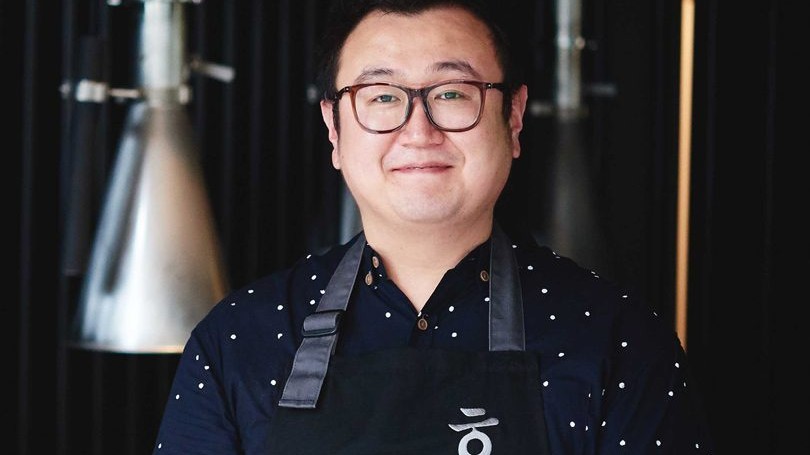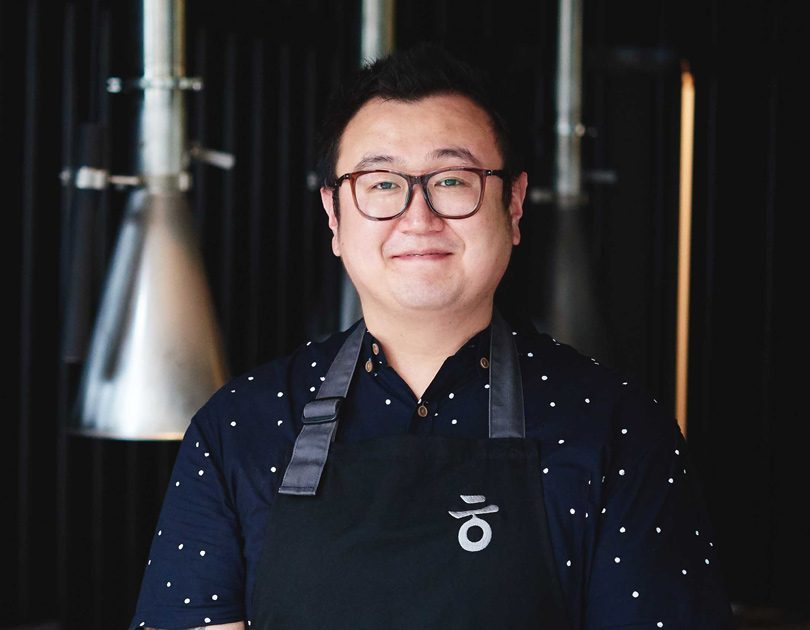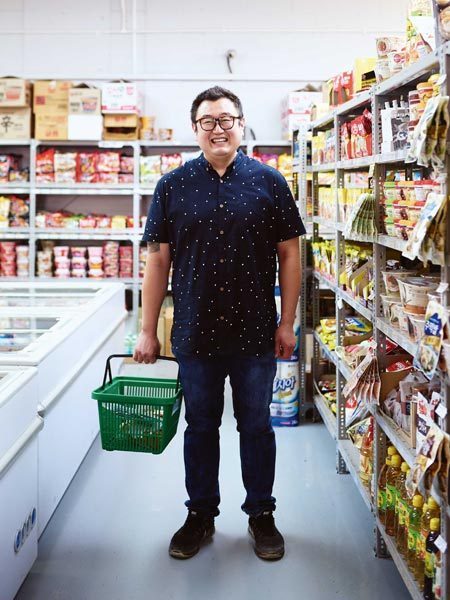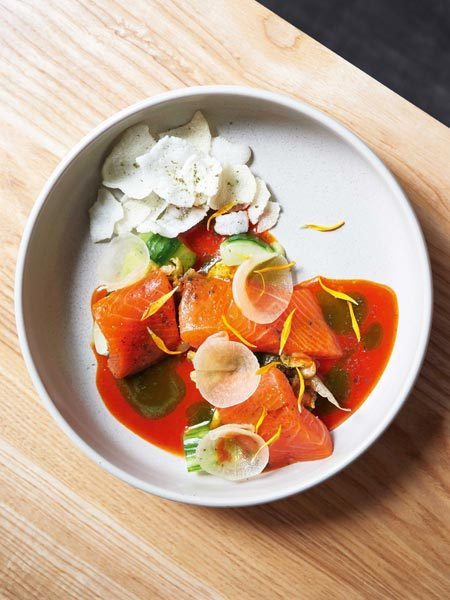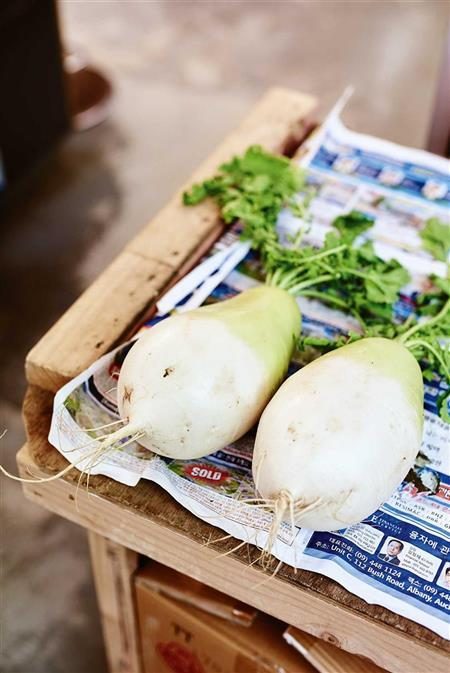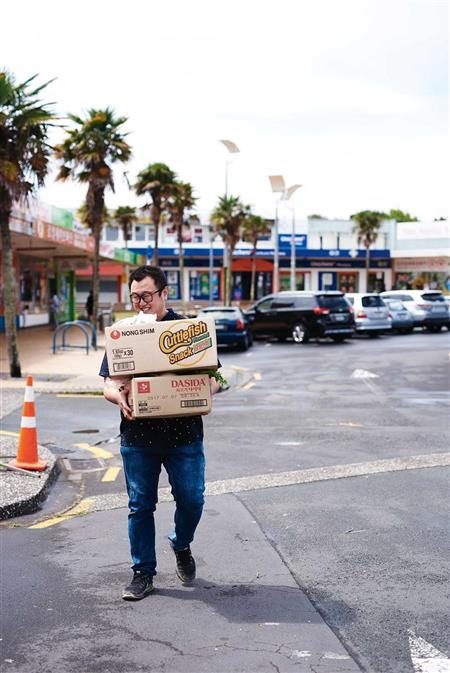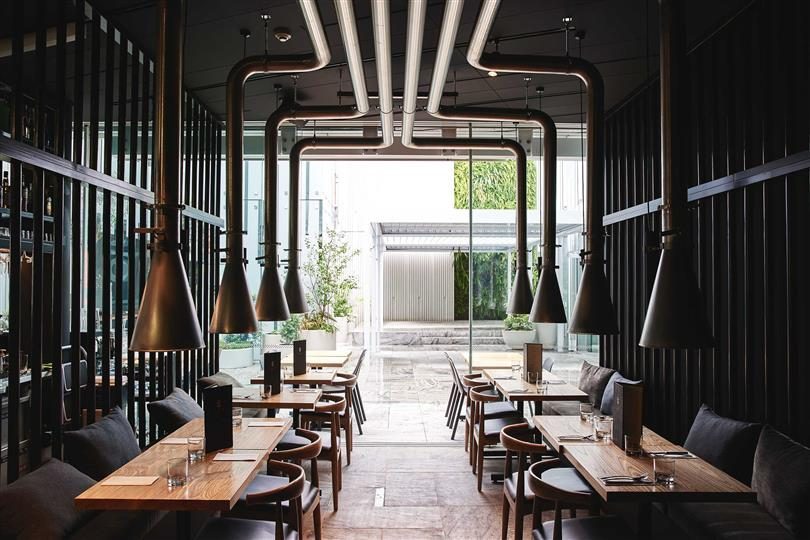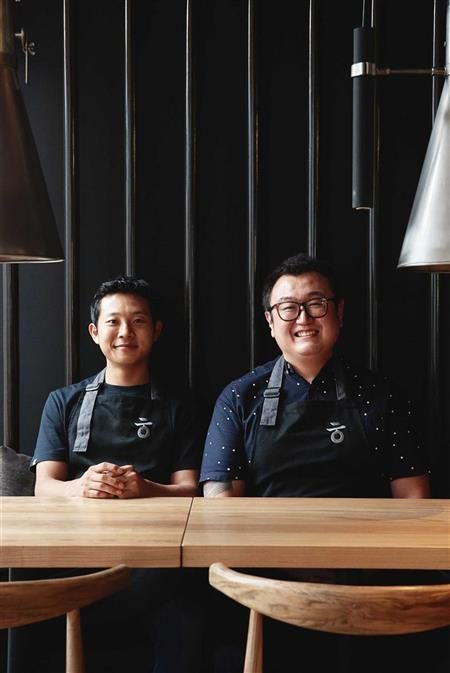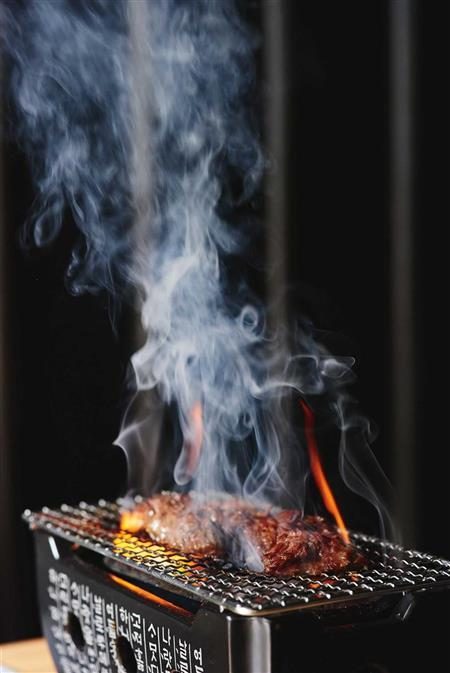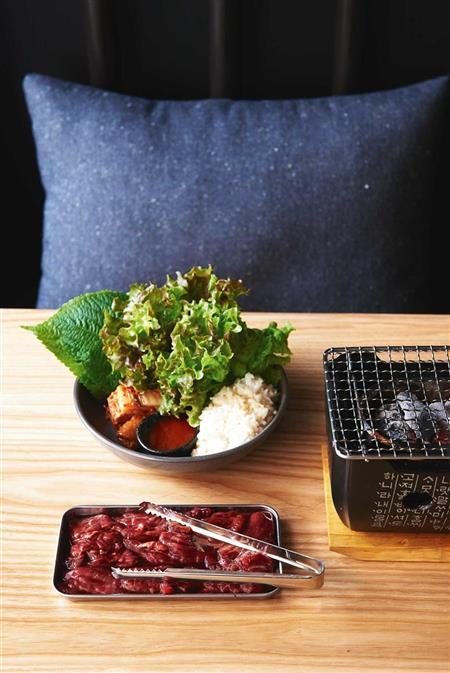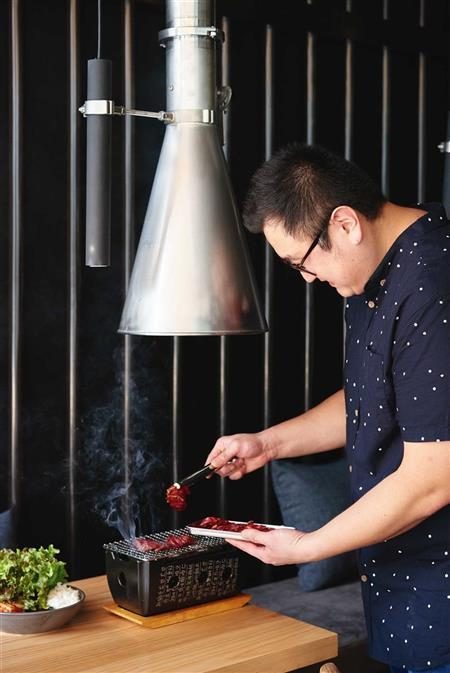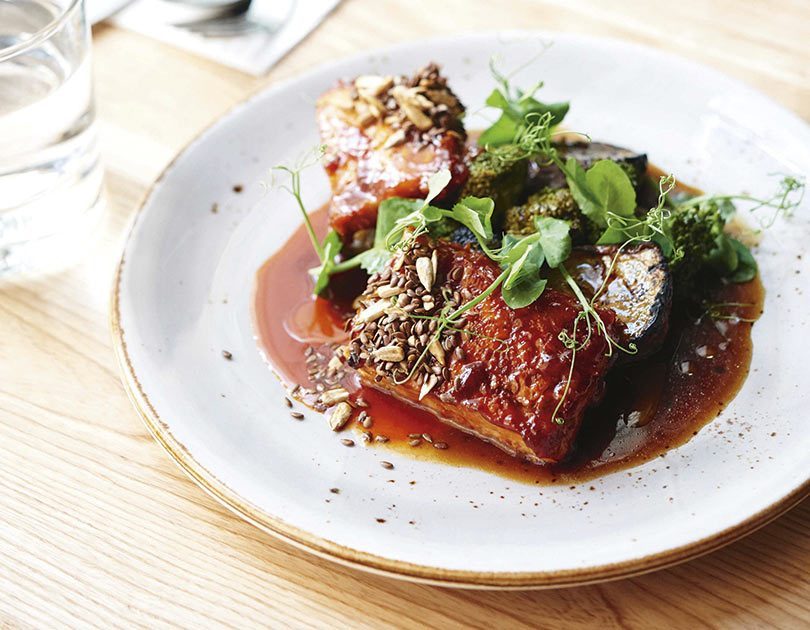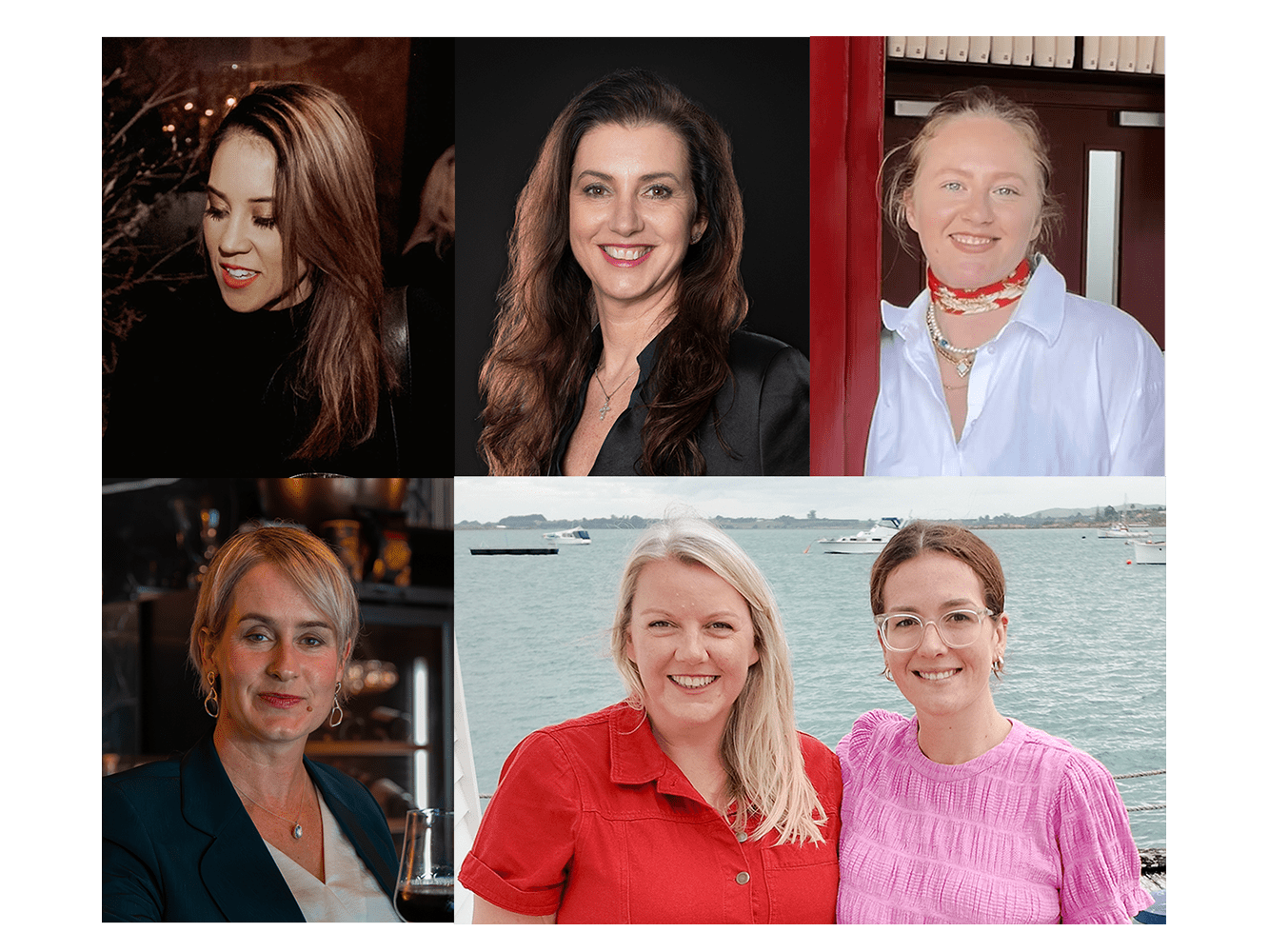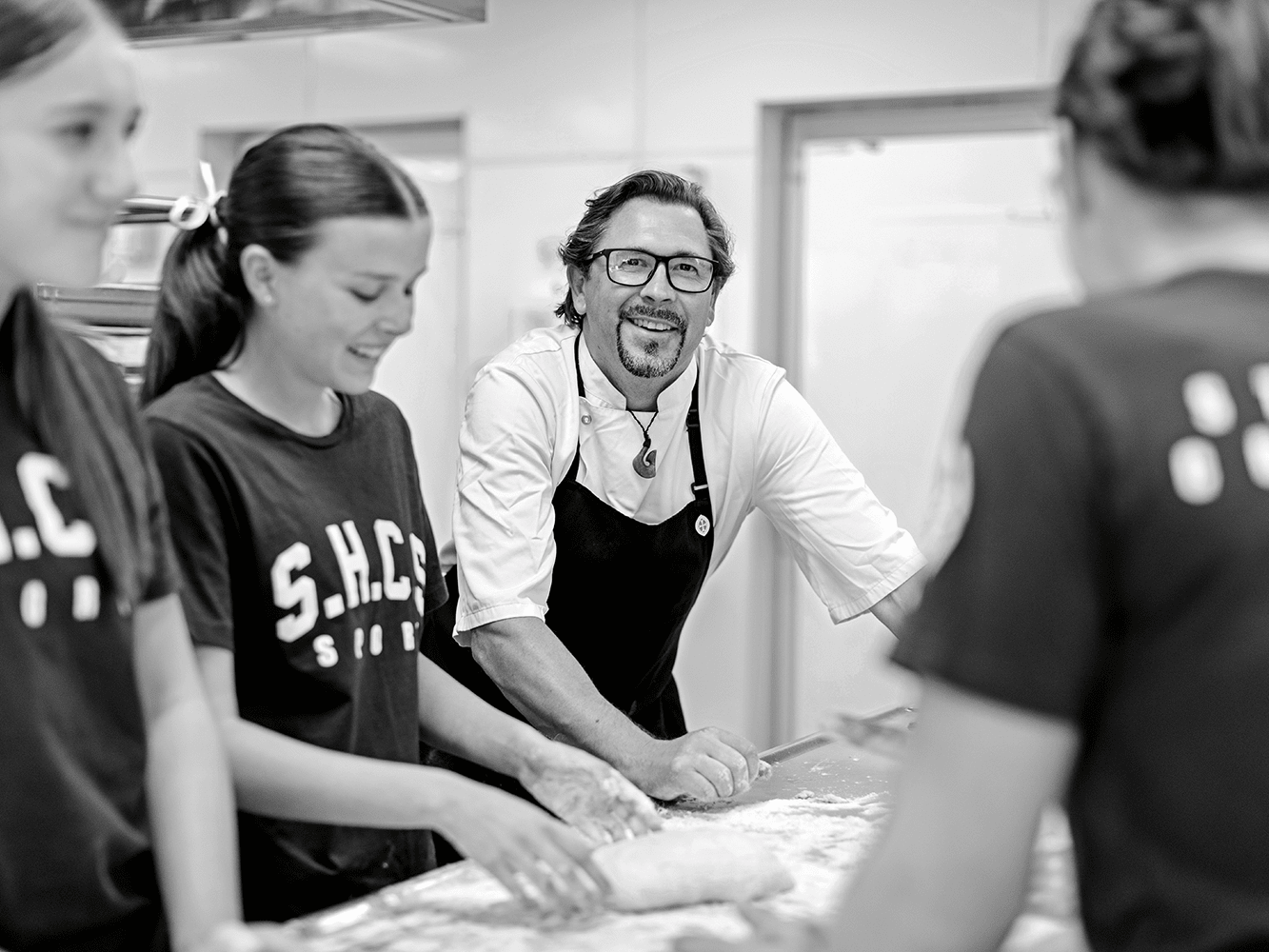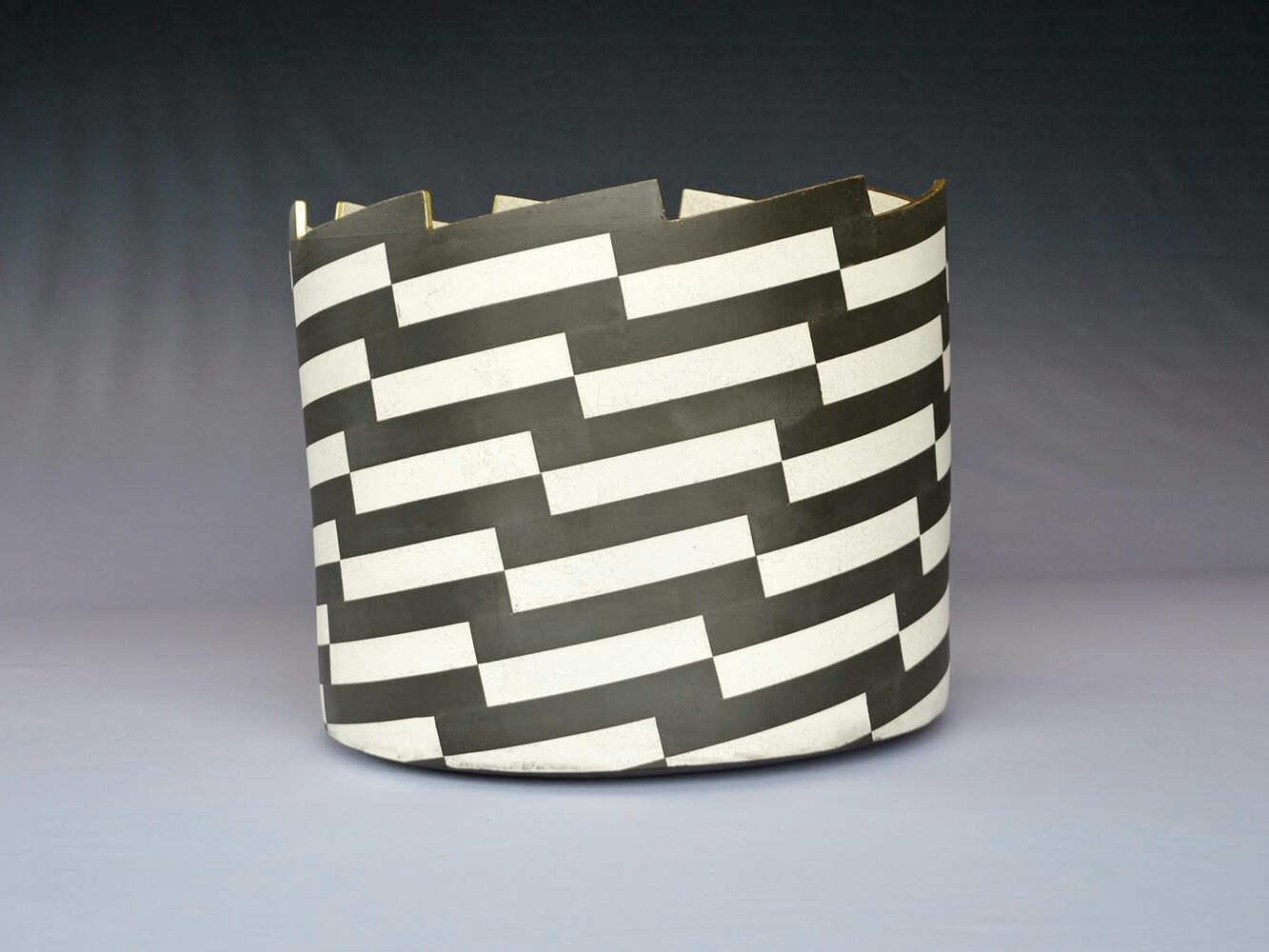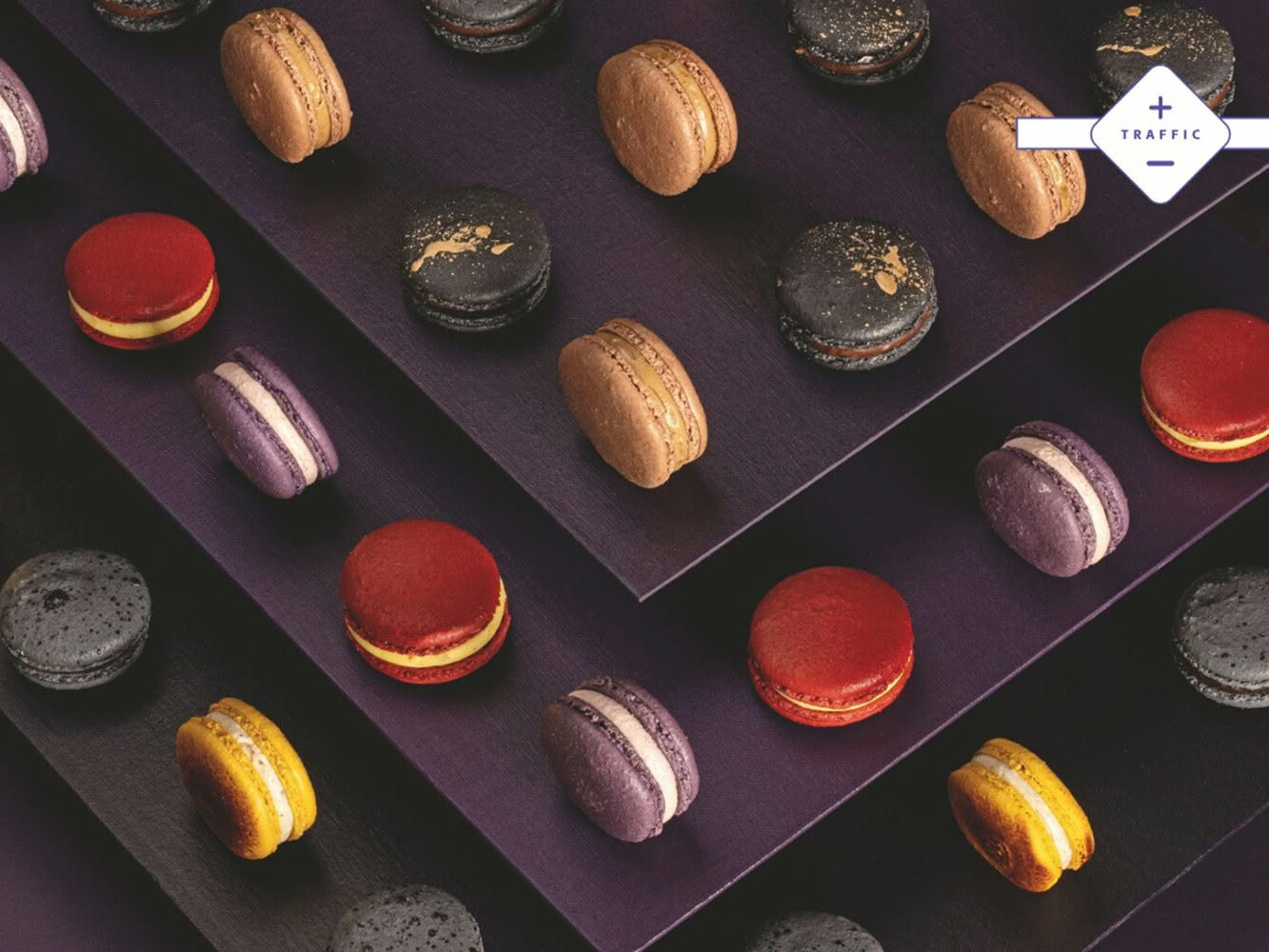Alice Neville meets the chef bringing a modern take on Korean cuisine to Auckland
It’s been described as a mystery of the soul, a complex sadness, a sense of collective injustice mingled with a feeling of hope and the ability to silently and stoically endure hardship.
Han is impossible to translate into English, but in South Korea it’s a concept that some say defines the culture – that’s at the very heart of being Korean.
The burden of han doesn’t seem to be weighing too heavily on Kwangmin Baek, or Min, when we meet at his Auckland restaurant that shares the concept’s name. The 34-year-old chef radiates warmth and friendliness, and I’m ever-so-slightly disappointed to hear that Han restaurant’s name actually comes from the Korean word for Korea, Hanguk – though Min does agree the concept of han explains the Korean psyche well.
Han opened in October last year, forming part of The Rise, the new ecofriendly dining hub housed in Parnell’s impressive Geyser Building – the first building in New Zealand to receive six stars in the Green Star building rating system, which assesses environmentally sustainable design. The fit-out is all dark wood, glass walls and exposed metal pipes, with steampunk-esque extractor fans bending down over each table – a cool design feature with a very practical purpose, considering Han’s big focus on faro, Korean charcoal barbecue.
Min and his now-wife Grace moved to New Zealand from Busan, South Korea’s second-biggest city, in 2007 to study English. Back home, Min had majored in childcare but he’d always loved food. He recalls looking at a cookbook when he was a young boy and asking his mother to make a fried chicken dish on one of the pages. “My mum said no and I cried. I really wanted to eat it!”
But a culinary career wasn’t really an option, he says. “In Korean culture, when I was young if I had said I wanted to be a chef, my mum and dad would have been upset. They wanted me to do an office job – white collar. Go to university. Get an easy life, more money.”
While studying in Auckland, however, Min worked at a Korean buffet restaurant and soon realised that kitchens were more his bag than kids. “The place was really busy and I did the dishes, cleaned the hot plates. It was hard but I really enjoyed it and learnt skills. I realised I was better to be a chef.”
So he decided to go to culinary school, completing a pastry chef qualification at NSIA and getting a job at a cafe in Wellington. But Min soon realised his heart wasn’t in pastry, so decided to look for stage work in kitchens, spreading his CV around all the top restaurants. “But no one called me back so I decided OK, I should go to school again.”
Back in Auckland, Min enrolled in AUT’S culinary course and disseminated his CV around the top restaurants once again. By this time he and Grace had baby Yedarm and thankfully, a chance meeting with Michael Meredith at his eponymous Dominion Rd finediner turned into Min’s big break.
“I saw the light was on but when I knocked no one came, so I went to the back and was standing there and he came out. I noticed his tattoo and I said, ‘You’re the chef’, and he said, ‘Yeah, I’m chef Michael.’ I said, ‘I’m looking for a job – I don’t need money, I want experience.’”
Min came in for a trial the very next day and Michael asked him if he had a family. “I said yes, I have one kid, and he gave me a job. That was my start.”
He soon realised this was the sort of cooking he wanted to be doing, and during his very first shift had a lightbulb moment of sorts when he tried a dessert – a fruit salad of orange granita and freeze-dried blood orange. “I had never tried that kind of flavour. Wow. I still remember that moment.” Now an homage to that very dessert features on the menu at Han.
On finishing at AUT in 2012, Min got a full-time gig at Merediths and stayed for three years. “I would always go an hour early and finish late. At other places, three years can get boring by the end, but it never felt boring at Merediths – I was always learning. I was really lucky.”
Tuesday nights at Merediths were “dine by donation”, where chefs at all levels had the chance to develop their own menus. Min took the opportunity to experiment with Korean flavours and realised this was something he wanted to explore further. This, combined with the desire to spend more time with his young family (Yedarm now has a one-year-old sister, Amy), led to Min starting up a Korean food truck with Grace – Uni-ko.
But, he says frankly – and perhaps with a touch of han – “it was the wrong decision. It was harder!”
The truck was a regular at various markets around Auckland, including La Cigale every weekend, serving dishes that combined Korean flavours with New Zealand ingredients using the skills Min had learnt at Merediths. Though Korean cuisine is very much on trend in the food world, in hindsight Min thinks he pitched his offering too high for the food truck model. “The food didn’t meet the target market. People didn’t understand. Some people tried it and really enjoyed it, but not many people tried. For street food, it was too far. It was fun, but financially it was really hard.”
Fortuitously, he was approached by the Geyser Building’s landlord, who was looking for eateries who might be a good fit. “My wife and I talked a lot – should we do this? I was so worried about it because the previous business wasn’t good. But my wife said Min, it can’t be worse – go for it.”
Go for it they did, and they haven’t looked back. Han is pitched somewhere between fine dining and food truck – that golden middle ground of casual-but-a-little-bit-fancy. “That’s what people want now,” says Min. “Good food but the atmosphere is a bit lighter, and it’s easier to share.”
The menu is filled with intriguing twists on Korean classics – the likes of fried chicken with pickled daikon,
“I would always go an hour early and finish late. At other places, three years can get boring by the end, but it never felt boring at Merediths – I was always learning. I was really lucky.”
sweet and spicy sauce and leek powder; venison yughoe (tartare) with cashew, seaweed powder and crispy anchovy; and the “corn choco” dessert, inspired by a popular Korean snack, which pairs corn soup and corn crackers with chocolate mousse and salted caramel ice cream.
Min says he’s enjoying introducing Kiwi diners to ingredients like the chilli paste gochujang, salted prawn powder and the anise-flavoured herb perilla. “People think it’s an unusual flavour – when I first opened, so many people asked if it was edible! Now regular customers ask for extra perilla and where they can get it.”
In fitting with the building’s sustainability focus, all the eateries at The Rise are required to use ethically sourced ingredients, so Han has a big focus on high-quality free-range meat. Naturally, that brings the prices up, which Min says some diners struggle with, having preconceived ideas that Korean food should be cheap. “That’s the main complaint, it’s too expensive. But a $25 buffet is impossible to do sustainably.”
The charcoal barbecue option is popular – a little barbie filled with dragonfruit charcoal is brought to the table for diners to grill their own venison bulgogi, free-range pork belly and skirt steak. People like the hands-on aspect, says Min. “They heat the charcoal themselves, rip the perilla leaves, put the meat and the sauce in – it’s fun.”
Another menu favourite is the military stew, a modern fusion classic developed in the early 1950s following the Korean War. “There was nothing to eat, so people around the military base grabbed all the food scraps – Spam and baked beans from the American military – and they made a stew with it,” Min explains.
“Now it’s really popular in Korea. It’s normally served in a big pot with rice but I thought how can I make it different? So I use sago instead of rice, chorizo instead of Spam, and a stock made with bacon and chorizo.
“People definitely like the story behind it,” says Min – surely a dish that embodies han if ever there was one.
CHEF PROFILE RECIPES
SEE MORE FROM CUISINE
Inspirational Women in Food & Drink
New Zealand’s food-and-drink industry is filled with hardworking and…
We’ve Noticed…. Marcus Verberne
Cooking skills open up a world of different opportunities. From fine…
Design File / Mark Mitchell / Ceramic artist / Northland
In his Northland studio, Mark Mitchell crafts ceramic pieces that use…

